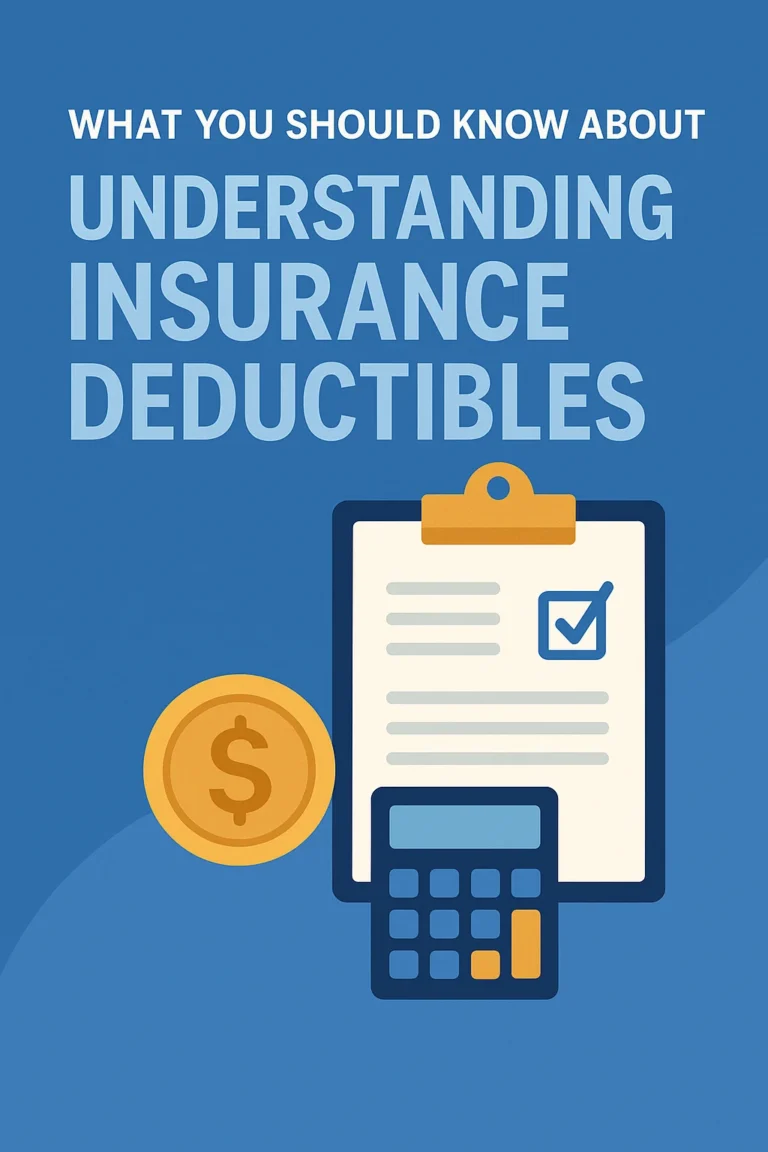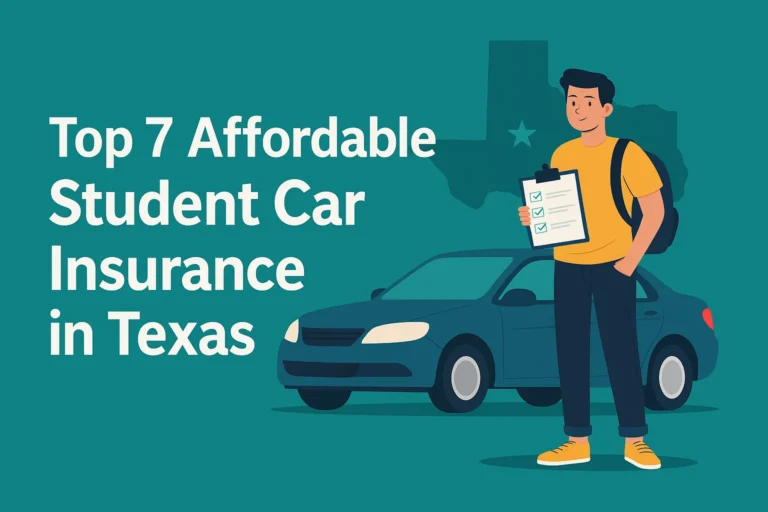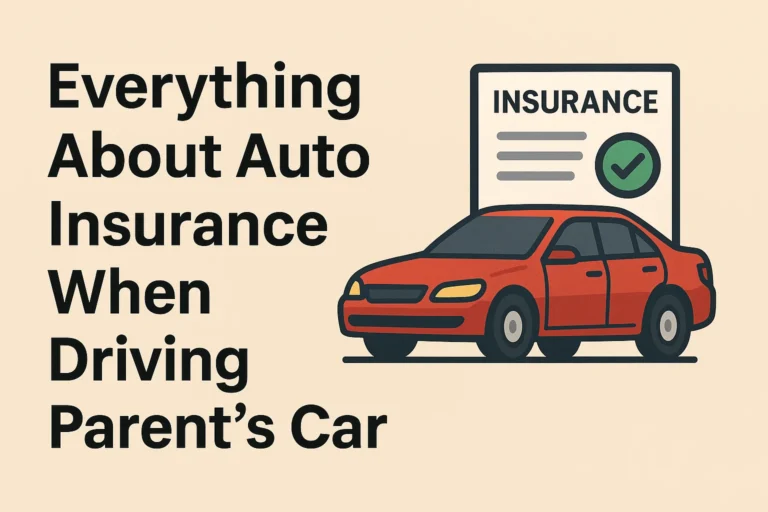Driving a parent’s car can offer young or inexperienced drivers convenience, flexibility, and financial relief. However, it also raises significant questions about auto insurance coverage, liability, and legal responsibility. Whether you’re a teenager living at home, a college student borrowing a family vehicle during holidays, or simply using a parent’s car occasionally, understanding how insurance policies apply is essential to staying protected and compliant with the law.
This guide provides a deep dive into how auto insurance works when you drive a parent’s car. From policy types and coverage scenarios to statistical trends and expert opinions, we’ll walk you through every key aspect to help you make informed decisions.
History and Evolution of Auto Insurance Coverage for Family Drivers
The concept of car insurance dates back to the early 20th century, initially introduced to protect owners from liabilities arising from accidents. As vehicles became more affordable and accessible, multi-driver households became common, leading to a need for insurance policies that could cover family members.
In the 1950s and 60s, insurers began offering “family auto insurance policies” that automatically included household members. This framework remained relatively unchanged until recent decades when insurers started tightening definitions due to risk modeling advancements and fraud prevention needs.
By the 2000s, insurers began explicitly requiring policyholders to list all household drivers, including children living at home. This gave rise to the concept of “permissive use,” where non-listed individuals could still drive the car with coverage, but under limited conditions.
Today, the rise of data-driven underwriting has made teen driver risk profiling more accurate, and family auto policies now vary significantly across providers. The trend is shifting toward higher premiums for high-risk borrowers and stricter policy declarations to avoid claim denials.
Current Statistics and Data on Teen Drivers and Insurance Claims
Understanding the risks associated with teen and young adult drivers is crucial when evaluating auto insurance coverage under a parent’s policy.
| Age Group | Fatal Crashes (per 100,000 drivers) | Injury Crashes (per 100,000 drivers) |
|---|---|---|
| 16-19 | 29.4 | 1,950 |
| 20-24 | 18.7 | 1,430 |
According to the Insurance Institute for Highway Safety, teen drivers are nearly three times more likely than older drivers to be involved in fatal crashes. This higher risk directly impacts insurance underwriting and premium calculations.
| Driver Type | Average Premium (USD) |
|---|---|
| Parent Alone | $1,200 |
| Parent + Teen Driver | $2,800 |
| Teen on Separate Policy | $3,700 |
These numbers indicate that while adding a child to an existing policy is expensive, it’s still more economical than purchasing a separate plan.
Industry Comparisons Across Insurance Providers
1. Allstate
Allstate allows parents to add children as named drivers under their policy and offers teen driver discounts for good grades and safe driving courses. Their Drivewise program also tracks driving behavior for potential rebates.
2. State Farm
State Farm is known for its Steer Clear Program, which targets drivers under 25. If you’re a student driving a parent’s car occasionally, State Farm may classify you under “occasional use,” reducing premiums.
3. GEICO
GEICO emphasizes permissive use policies but requires drivers to be listed if they reside at the same address. Their mobile app and usage-based insurance (UBI) technology provide parental control features.
4. Progressive
Progressive is more flexible with out-of-state student scenarios. If a teen studies away from home and only uses the vehicle during holidays, the company might waive listing them as a driver year-round.
Forecasts and Emerging Trends in Family-Based Auto Insurance
As insurers embrace telematics and AI-driven risk assessments, we’re seeing major changes in how multi-driver family policies are managed. Some predicted trends include:
- Wider adoption of UBI (usage-based insurance) programs, especially for teens
- Customizable family packages with adjustable mileage and time-of-day rules
- AI-based premium adjustment using real-time driving analytics
- Digital parental control dashboards via mobile apps
According to a report from McKinsey & Company, 30% of insurance providers are expected to implement behavior-based pricing models for young drivers by 2027.
Expert Opinions and Academic Insights
Dr. Emily Robbins, a professor of Insurance and Risk Management at the University of Illinois, notes:
“Adding a teen driver to a parent’s policy is still the safest and most cost-effective route. However, transparency with the insurer is critical—failure to disclose regular use by an unlisted driver can result in claim denial.”
Similarly, the Insurance Information Institute advises that if your teen uses the car frequently, they must be listed on the policy regardless of ownership.
Academic literature also highlights ethical and legal concerns in claim disputes where young drivers were not explicitly listed. Studies recommend that families update their policies annually to reflect real usage patterns and avoid coverage lapses.
Conclusion and Summary
Driving a parent’s car is a common practice, but one that comes with legal and financial responsibilities. Understanding the nuances of auto insurance when driving a parent’s vehicle can help avoid costly mistakes and ensure full coverage.
Key takeaways:
- Always disclose frequent use of a vehicle to the insurer
- Compare multi-driver family policies for cost efficiency
- Utilize telematics and safe driving programs to lower premiums
- Ensure your child is a named driver if they live at home or use the car regularly
For more insights on related topics, check out these helpful resources:
Frequently Asked Questions
Do I need to list my child on my insurance policy?
Yes, if your child resides with you and drives your car regularly, most insurers require them to be listed to avoid denial of claims.
What happens if my child gets in an accident and isn’t listed?
The claim may still be covered under permissive use rules, but many insurers have restrictions. It’s best to confirm with your provider.
Can my teen get their own insurance policy instead?
Yes, but it’s often more expensive. Keeping them on the family policy is generally more affordable.






